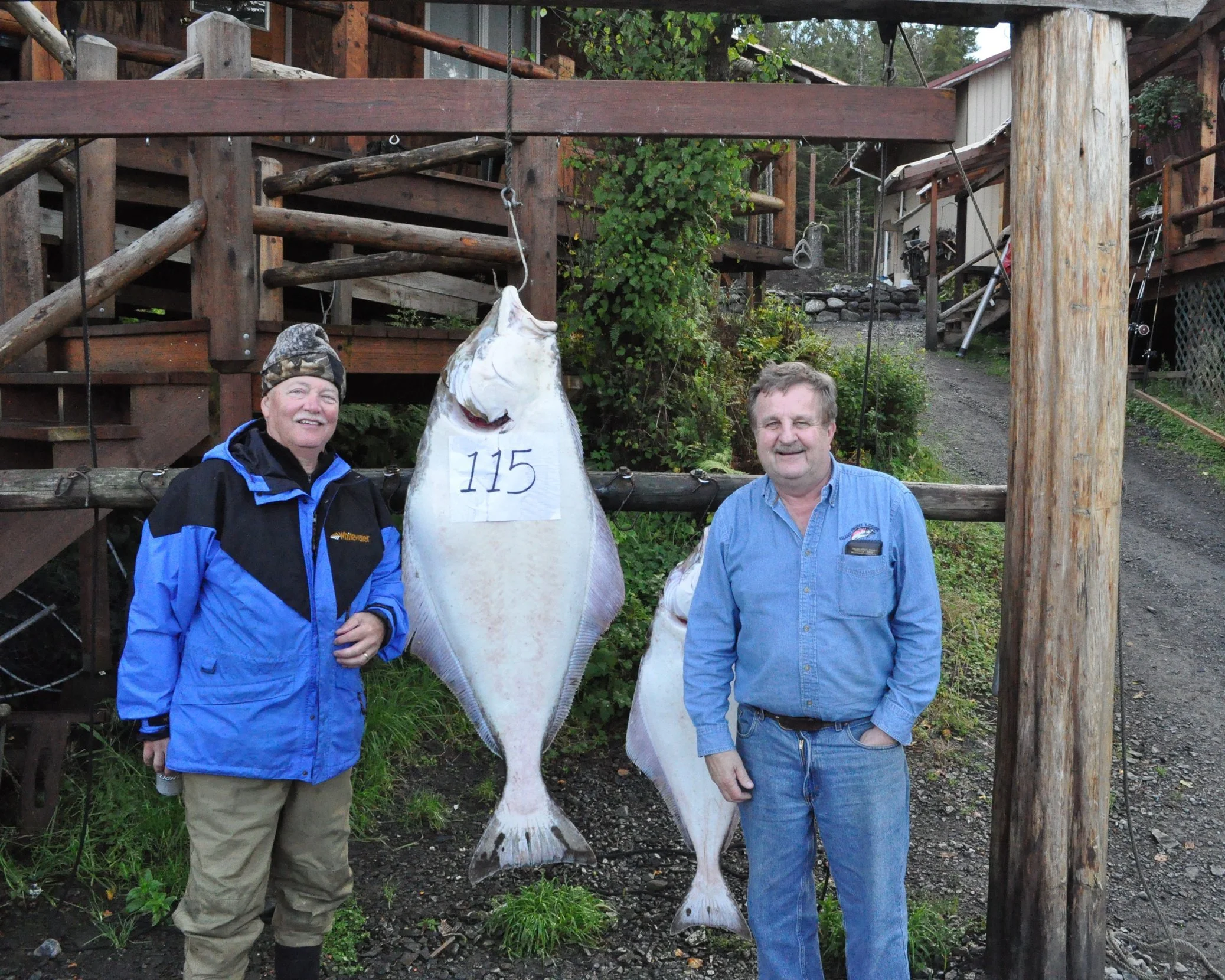Turtles are interesting creatures. They carry their shell, or carapace, with them wherever they go, and it provides good protection for them from a wide variety of predators.
All tagged Wildlife Watching
Wildlife Watching Wednesday: The Fidgety Solitary Sandpiper
There are 85 species of sandpipers in the world, and although 43 species live in North America, the Solitary Sandpiper stands out among them. This slender shorebird is mostly brown above with a bright white belly. Its head and the upper parts of its breast are streaked with brown, and its back and wings have tiny white spots on them.
Wildlife Watching Wednesday: The Green Anole Lizard
One of the small lizards native to the southeastern United States is the Green Anole. This lizard prefers to live in and around trees, although it is often seen scurrying along the ground in search of insects to eat.
Island Point Lodge: Alaska's Fish On Your Own Lodge
Island Point Lodge offers anglers the chance to maximize their skills and talents while minimizing price. Limits are generous, and you can fish from dawn to dark, a long time in Alaska summer.
Wildlife Watching Wednesday: Cecropia Moths Are Night-time Beauties
Most moths look very drab and boring. Many species have gray or tan wings with little or no other coloration. But not all of these night-time flyers are lackluster; some are actually quite colorful and beautiful. One of the most spectacular moths in North America is the large and colorful cecropia moth.
Wildlife Watching Wednesday: Bad-Tempered Snapping Turtles
The common snapping turtle has a well-deserved reputation for being bad-tempered. When handled by humans, they hiss and attempt to bite anyone trying to move or lift them. That bite can be quite dangerous, too, since their powerful jaws can amputate careless fingers.
Wildlife Watching Wednesday: The Acrobatic Red Admiral
One of the sure signs of springtime is the sight of the red admiral butterfly. Every year around this time our yards and gardens are invaded by colorful and fast-flying butterflies, and one of the most acrobatic is the red admiral.
Wildlife Watching Wednesday: The Great Horned Owl
Owls are creatures of the night. In the Midwestern United States, the largest and perhaps most well-known owl is the Great Horned Owl. These big birds can have wingspans of four to five feet, and they hunt everything from mice and rats to rabbits, snakes, frogs and even other birds like ducks and hawks.
Wildlife Watching Wednesday: The Industrious Honey Bee
Everyone is familiar with honey bees, right? They make honey! And who doesn’t love honey? Actually, honey is just one of the substances produced by honey bees. They also produce beeswax, bee bread (eaten by young worker bees) and royal jelly (for the queen bee). Typically, though, just the honey and beeswax is harvested from honey bees by humans.
Wildlife Watching Wednesday: Monarch Butterflies in Peril
Monarch Butterflies are one of the joys of summer. These beautiful orange and black butterflies are known as “milkweed butterflies”, which simply means their larvae only eat the leaves of milkweed plants. However, the common monarch is not as common as it was a decade or two ago.
Wildlife Watching Wednesday: Howling Coyotes
Coyotes are common throughout the United States these days, and it is not unusual to hear groups of them howling and barking in the distance on a cold winter evening right after dark. They often travel in pairs or small family groups as they hunt, usually covering a distance of two or three miles during the night.
Wildlife Watching Wednesday: Badgers Are Diggers
Did you know that American badgers are native to most states in the USA? Did you also know that if you are living in one of the Great Lakes states or anywhere west of the Mississippi River, there are probably badgers living within a 30-minute drive of your house right now?











